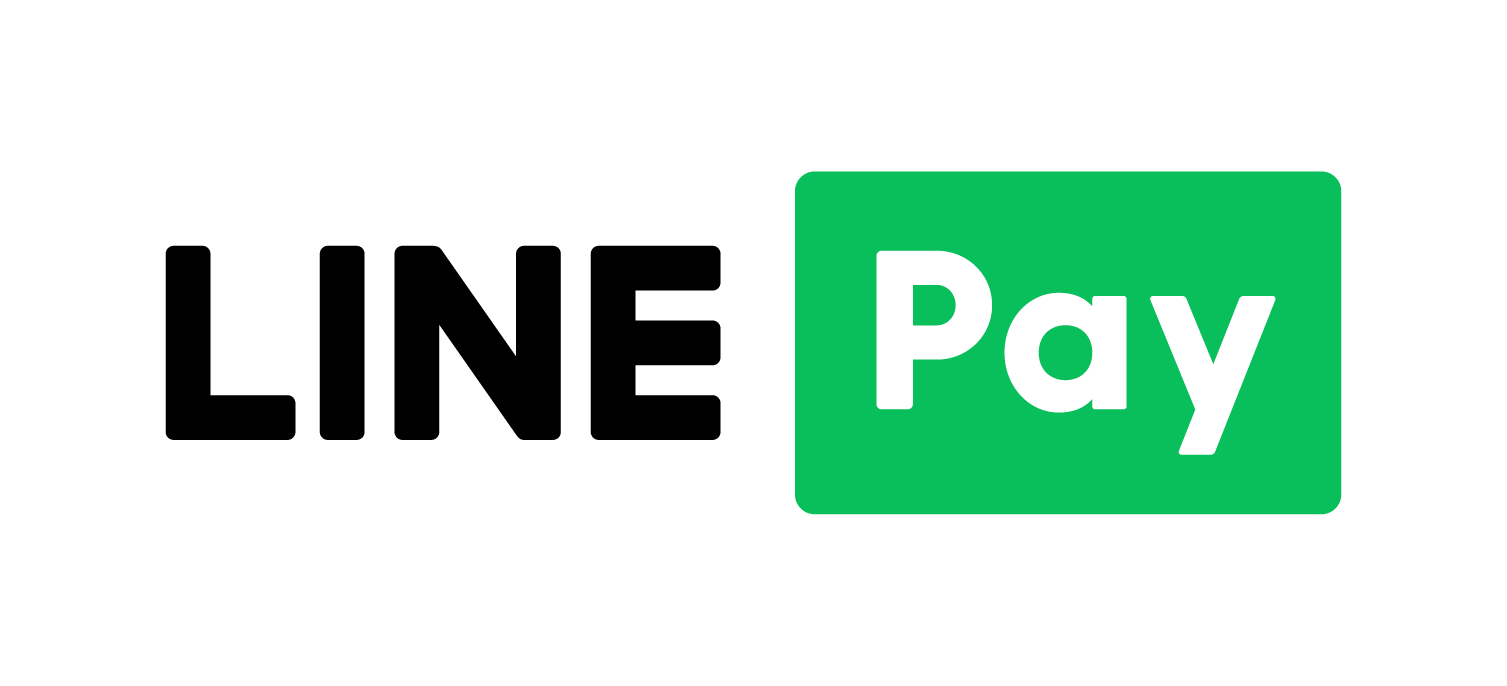
| 定價: | ||||
| 售價: | 3100元 | |||
| 庫存: | 已售完 | |||
| LINE US! | ||||
| 此書為本公司代理,目前已售完,有需要可以向line客服詢問進口動向 | ||||
| 付款方式: | 超商取貨付款 |

|
|
| 信用卡 |

|
||
| 線上轉帳 |

|
||
| 物流方式: | 超商取貨 | ||
| 宅配 | |||
| 門市自取 |
為您推薦

類似書籍推薦給您
【簡介】 The impact of quantum mechanics on our day-to-day life is growing at an exponential rate, of which most people are unaware. For example, the toaster is a prime example of a quantum mechanical device. While quantum mechanics arose as a subject in physics, quantum mechanical thinking has had, and continues to have, a broad impact on mathematics. For example, operator theory as we know it today would not exist without von Neumann’s effort to put quantum mechanics on a solid mathematical foundation. This book is defined for undergraduate students of mathematics to obtain an introduction to quantum mechanical ideas, and the associated mathematics, without requiring an extensive background in physics.This book is focused around the following topics. 1) The Mathematical Structure of Quantum Mechanics. We develop the main mathematical structure of quantum theory in the setting of the accepted postulates of quantum mechanics. Dirac’s bra-ket notation for the required linear algebra aspects will be utilized, as well as the mathematical and physical implications arising from the mathematical aspects of self-adjoint linear operators, with emphasis on the finite dimensional setting. 2) Dynamics of a Quantum Particle. We introduce the Schrodinger equation and discuss its physical meaning and mathematical structure. The required partial differential equations theory is elementary, and will be developed from scratch. 3) Measurement, Time Evolution, Uncertainty, and the Harmonic Oscillator. This builds on the previously developed mathematics and culminates with a detailed discussion of the quantum mechanical workhorse example - the harmonic oscillator. 4) Quantum Mechanics of Angular Momentum. Most of the book is developed in the context of the (relatively) simple one dimensional quantum systems. This topic goes into three dimensions and illustrates how very interesting mathematics can yield novel physical explanations that are unobtainable with classical methods. 5) The Postulates of Quantum Mechanics, Measurement, Composite Systems, Tensor Products, and Entanglement. This is the area that most students have heard of - quantum entanglement, "action-at-a- distance" and Bell’s inequality. The mathematics will be at an elementary level (except possibly for tensor products, which are sadly neglected many linear algebra courses today, but which are literally exploding in a variety of current applications).

類似書籍推薦給您
【簡介】 This book adopts a novel, physics-first approach to quantum measurement, using physical experiments as the basis to describe the underlying mathematical formalism. Topics covered include weak measurements, quantum measurement reversal, quantum trajectories and the stochastic path integral formalism. The theory of quantum measurement is also covered in detail, including discussion of how it can be tested and demonstrated in a laboratory: how to build quantum-limited amplifiers, fundamental noise limits imposed on measurement by quantum mechanics, and the design of superconducting circuits. This text is an excellent introduction for students with a basic understanding of quantum mechanics wanting to learn more about measurement theory, and the inclusion of a wide selection of end-of-chapter exercises make this book ideal for emerging courses on the topic. Key chapters introducing the foundations of quantum computing and the history of measurement theory are equally accessible to a broader, less specialised audience.

類似書籍推薦給您
【簡介】 This concise textbook introduces an innovative computational approach to quantum mechanics. Over the course of this engaging and informal book, students are encouraged to take an active role in learning key concepts by working through practical exercises. The book equips readers with some basic methodology and a toolbox of scientific computing methods, so they can use code to simulate and directly visualize how quantum particles behave. The important foundational elements of the wave function and the Schrödinger equation are first introduced, then the text gradually builds up to advanced topics including relativistic, open, and non-Hermitian quantum physics. This book assumes familiarity with basic mathematics and numerical methods, and can be used to support a two-semester advanced undergraduate course. Source code and solutions for every book exercise involving numerical implementation are provided in Python and MATLAB(R), along with supplementary data. Additional problems are provided online for instructor use with locked solutions.

類似書籍推薦給您
【簡介】 These two volumes cover the classical topics typically taught in undergraduate physics courses and beyond. However, we teach classical physics using a very different language from traditional books, influenced by the language of modern physics, in a move to encourage a positive approach towards the latter subject. Based around the unifying concept of energy, we take a distinct approach to the organisation of material, presenting physics in a cohesive manner without separating topics such as mechanics, kinematics, thermodynamics, electricity, and magnetism. Instead, physics is revealed gradually, emphasising a holistic approach to science. Despite this peculiarity, we have maintained the conventional separation between Physics I and II to assist teachers in smoothly integrating these books into their courses.These innovative volumes present valuable new perspectives. Although their approach is bold, they will certainly prompt interesting reflections on traditional teachings. A significant portion of this second volume is committed to modern physics, including an introduction to the standard model of fundamental interactions. The old quantum mechanics is largely excluded in favour of quantum field theory, which we present in a manner accessible to undergraduate students.

類似書籍推薦給您
The modern music industry depends critically on computers. The development of conventional digital computing technology for music has been progressing in tandem with the evolution of computers since the 1950s. Therefore, future developments in quantum computing are most likely to impact the way in which musicians will create, perform, and conduct research. Classical computers manipulate information represented in terms of binary digits, each of, which can be equal to 1 (on) or 0 (off). They work with microprocessors made up of billions of tiny switches that are activated by electric signals. In contrast, a quantum computer deals with information in terms of quantum bits (qubits), which can operate at the subatomic level. In other words, they directly work in the realm of quantum physics. Since they can run algorithms that are non-tractable to run on digital computers, quantum computers are surfacing as a promising disruptive technology. Advances in Quantum Computer Music collates a comprehensive collection of chapters by pioneers of emerging interdisciplinary research at the crossroads of quantum computing and music. Together, these pioneers hope to anticipate and prototype the unprecedented new uses for this technology that are bound to emerge from their cutting-edge research. Sample Chapter(s) Foreword Chapter 1: Sonifications of Quantum Superpositions: Methods and Musical Applications Contents: Sonifications of Quantum Superpositions: Methods and Musical Applications (Walker Smith, Dmitri Volkov and Alex Alani) Quantum Feedback Delay Networks (Davide Rocchesso) Exploring Quantum Phenomena through Sound: Strategies, Challenges, and Insights (Reiko Yamada, Eloy Piñol, Samuele Grandi, Jakub Zakrzewski and Maciej Lewenstein) Quantum Memory: Measuring the Degree of Non-Markovianity of Orchestral Music (Maria Mannone and Omar Costa Hamido) An Introduction to Quantum Probability Amplitude Modulation (QPAM) from a Compositional Perspective (Eren Utku) Investigating the usefulness of Quantum Blur in Music (Marcel Pfaffhauser and James Wootton) Qubit Instrumentation of Entanglement (Mark Carney) Developing a Framework for Sonifying Variational Quantum Algorithms: Implications for Music Composition (Paulo Vitor Itaboraí, Peter Thomas, Arianna Crippa, Karl Jansen, Tim Schwägerl and María Aguado Yáñez) Music AI with Quantum Reservoir Computing (Eduardo Reck Miranda and Hari Vignesh Shaji) Readership: Academic community and researchers in the field of Unconventional Computing, specifically Quantum Computing, musicians interested and/or working with Music Technology, and students and science journalists interested in arts-science topics.